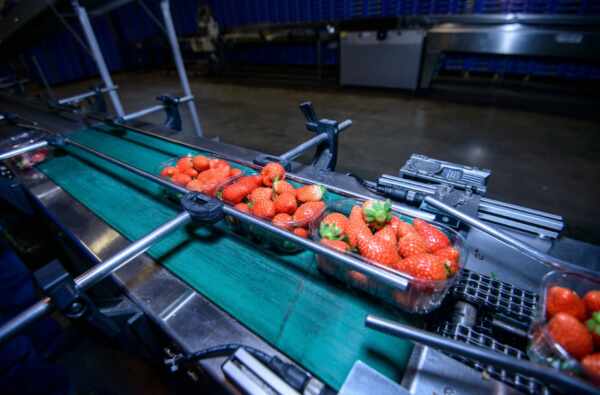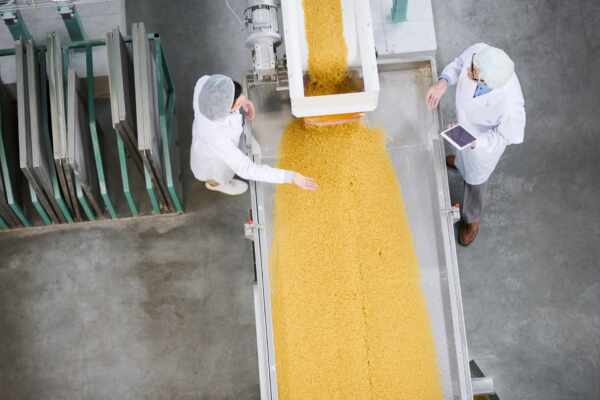In the world of industrial operations, conveyor belts are the unsung heroes, tirelessly moving our goods from point A to point B. But like any diligent worker, they need some TLC every now and then. When your conveyor belt starts acting up, showing signs of wear, or worse, breaks down completely, there’s always that burning question: Should I repair it, or is it time for a replacement?
Well, that’s exactly what we’re here to explore. Consider this your guide to the ins and outs of conveyor belt care, where we delve into the nitty-gritty of maintenance, repair, and replacement. We’ll be shedding light on what to watch out for, the pros and cons of both repair and replacement, and the factors that should guide your decision.
The goal is simple: to help you make an informed decision that’s in the best interest of your operations, your budget, and let’s face it, your peace of mind. Because when it comes to conveyor belts, the last thing you want is to be caught off guard by an unexpected breakdown in the middle of a busy production day.
Evaluating the Extent of Damage
Before deciding whether to repair or replace a conveyor belt, it’s crucial to assess the extent and nature of the damage carefully. Wear and tear on conveyor belts can manifest in several ways, including abrasions, cuts, punctures, edge fraying, and delamination. Start by examining the following aspects:
1. Severity of the Damage: Assess the depth and size of any cuts, punctures, or abrasions to determine if the belt’s integrity is compromised. Minor surface damage may be more easily repaired, while deep cuts or extensive abrasions might necessitate a replacement.
2. Location of the Damage: The position of the damage on the belt can also impact your decision-making process. Damage that occurs near critical components, such as splices or joints, may require more urgent attention and possibly prompt replacement.
3. Frequency of Issues: Keep track of the frequency at which you encounter issues with your conveyor belts. If you’re experiencing recurring problems, it may be an indication that replacement is necessary.
4. Overall Belt Condition: Evaluate the general condition of your conveyor belt, considering factors such as its age, wear level, and any visible signs of fatigue. An older or heavily worn belt may be more appropriately replaced rather than repaired.
Weighing the Impact on Operational Efficiency
When deciding between repairing or replacing a conveyor belt, it’s important to consider the impact each option will have on your facility’s operational efficiency. Carefully analyse the following factors:
1. Downtime: Consider the necessary downtime for both repair and replacement procedures and how each will affect your production schedule. Repairing a conveyor belt is often quicker but may not provide a long-term solution, while replacement may require more downtime initially but provide a longer-lasting solution.
2. Costs: Factor in both the short-term and long-term costs associated with each option. Repairing a conveyor belt may be more cost-effective in the short run, but frequent repairs can add up over time. Replacing the belt may have higher upfront costs but potentially lower maintenance expenses in the long run.
3. Lifespan: Consider the expected remaining lifespan of your conveyor belt when making your decision. If your belt is nearing the end of its expected life, investing in a replacement may be more financially prudent than continuing with repairs.
4. Performance: Weigh the potential performance impact of each option. A repaired conveyor belt may have compromised efficiency or reliability, while a replacement may restore your system to peak performance.
Balancing Safety Requirements and Industry Standards
It’s essential to balance your facility’s safety requirements and any applicable industry standards when deciding on conveyor belt maintenance strategies. Consider the following points:
1. Employee Safety: Prioritise employee safety in your decision-making process. A damaged conveyor belt can present various hazards, from potential accidents caused by the belt itself to the risk of product contamination. Assess whether repairing or replacing the belt will better mitigate these safety concerns.
2. Compliance with Regulations: Ensure your maintenance approach aligns with any relevant industry regulations and guidelines. In some cases, industry standards may necessitate replacing damaged conveyor belts to maintain compliance.
3. Quality Assurance: Consider how your conveyor belt maintenance decision impacts product quality assurance, particularly in industries where precise material handling is critical. Replacing a damaged belt may be the best path to maintain product integrity and quality.
Understanding When to Repair or Replace Your Conveyor Belt
At the end of the day, the decision to repair or replace should not be made in haste or based solely on upfront costs. Instead, a comprehensive evaluation of several factors, including the age and condition of the belt, frequency of breakdowns, quality of repairs or replacement, and the performance and technological level of the belt, should be considered.
If you need expert guidance on whether to repair or replace your facility’s conveyor belts, don’t hesitate to contact our team of specialists at Change Parts Pty Ltd. We have the experience and knowledge to help you make the best decision for your unique operational requirements while ensuring optimal efficiency and safety. Reach out to us today to discuss your conveyor belt maintenance needs!




